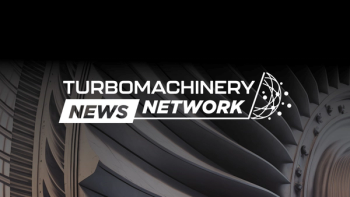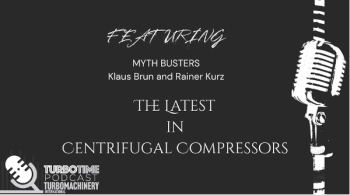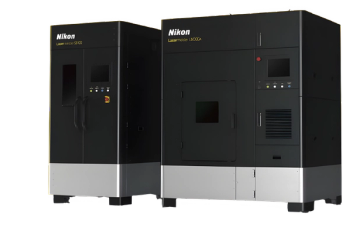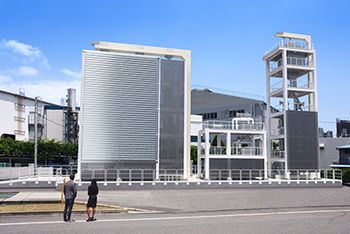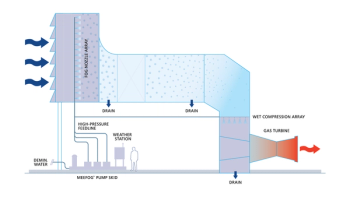JERA Co. and Kawasaki Heavy Industries (KHI) signed a memorandum of understanding (MoU) for a joint study focused on creating a carbon capture, utilization, and storage (CCUS) value chain at the Yokosuka Thermal Power Station in Kurihama, Yokosuka City, Kanagawa Prefecture.
Under the MoU, the two companies plan to conduct demonstration testing using KHI’s advanced carbon capture equipment at the Yokosuka Thermal Power Station, which is operated by JERA's subsidiary, JERA Power Yokosuka G.K., before 2030. This will mark the first time CO2 capture facilities will be installed at a coal-fired thermal power plant on Tokyo Bay.
Key Takeaways
- JERA and KHI signed a memorandum to develop CCUS technology at Yokosuka Thermal Power Station.
- The project aims to achieve net-zero CO2 emissions by 2050.
- Innovative Kawasaki CO2 Capture technology will be tested for effective CO2 utilization.
The JERA Zero CO2 Emissions 2050 initiative aims to expand the use of renewable energy and develop zero-emission thermal power to achieve net-zero CO2 emissions by 2050. The company previously demonstrated a 20% substitution with ammonia fuel at the Hekinan Thermal Power Station Unit 4, a large-scale commercial coal-fired power plant, in June 2024. Following this success, JERA is accelerating its efforts to limit the use of less efficient coal-fired thermal power plants during low-demand periods, with plans to decommission them entirely by 2030. Additionally, JERA aims to substitute ammonia partially or fully at high-efficiency coal-fired thermal power plants and explore CCUS initiatives both domestically and internationally.
KHI developed the Kawasaki CO2 Capture (KCC) technology that uses a solid sorbent to absorb CO2 from exhaust gases and captures it with the help of low-temperature (60° C) steam. By utilizing waste heat from power or industrial plants to generate steam, the KCC process reduces the costs associated with CO2 capture. Initially, KHI developed this technology for CO2 removal from exhaled breath in enclosed spaces. It has since conducted various tests of its application for capturing CO2 from exhaust gases to mitigate global warming, including multiple demonstration tests at coal-fired thermal power plants.
As part of its commitment to achieving a decarbonized society, the demonstration testing will involve installing pilot-scale KHI CO2 capture equipment at the Yokosuka Thermal Power Station and demonstrating the complete process from capturing CO2 in thermal power plant exhaust gases to its effective utilization by 2030.
Moving forward, JERA and KHI are committed to working together through this memorandum to facilitate the early practical implementation of CCUS, thereby contributing to the realization of a decarbonized society and addressing energy challenges.
In April, KHI started building a hydrogen compressor demonstration facility at its Harima Works in Hyogo Prefecture, Japan. The facility will test the company’s new, world-first centrifugal hydrogen compressor for hydrogen liquefaction plants, the KM Comp-H2. KHI expects to complete construction in November 2025, followed by one year of operational testing.
In March, Turbomachinery International spoke to a KHI spokesperson who detailed the technology and its impact on the global hydrogen supply chain from production to utilization and offered insight into future hydrogen-related technology development.

